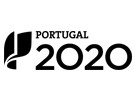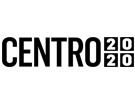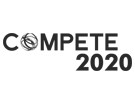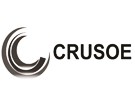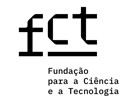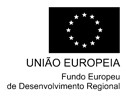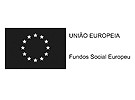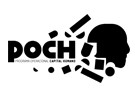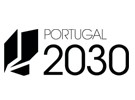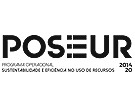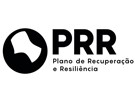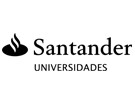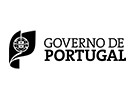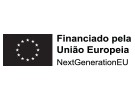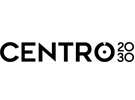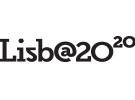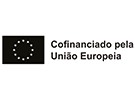



Publication in the Diário da República: Despacho nº 9982/2016 - 05/08/2016
4 ECTS; 1º Ano, 1º Semestre, 30,0 T + 15,0 TP + 2,0 OT , Cód. 338045.
Lecturer
- Fernando Sanchez Salvador (1)(2)
(1) Docente Responsável
(2) Docente que lecciona
Prerequisites
Not applicable.
Objectives
Synthesis of basic concepts required to interpret and act on architectural heritage. Research, survey and assessment of historic buildings. Monuments, artworks, memory and their cultural, institutional and legal context.
Program
01- FUNDAMENTALS OF ARCHITECTURAL HERITAGE
02- TERRITORY, CITY AND ARCHITECTURE
General concepts of heritage - memory, identity, legacy. Value theory.
Scheme - an outline of heritage types - concept of material and immaterial heritage.
03-EVOLUTION OF ARCHITECTURAL HERITAGE CONCEPTS
TERMINOLOGY USED IN THE ANALYSIS, STUDY AND INTERVENTION ON EXISTING BUILT STRUCTURES.
Heritage chronology. Concept of cultural heritage. Example: the city of TOMAR
04-BUILT HERITAGE. Erudite, Vernacular and Industrial Heritage.
CONSERVATION CRITERIA AND METHODS
05-SAVEGUARD AND ENHANCEMENT OF ARCHITECTURAL HERITAGE
Types of intervention in built heritage. Intervention models. Examples:
06-CONSTRUCTED HERITAGE, BUILT HERITAGE AND ARCHITECTURAL HERITAGE:
DISCIPLINARY APPROACHES. Approach to monument buildings. Cities as urban heritage.
07-ARCHITECTURAL HERITAGE AS A DOCUMENT Examples
Operational intervention models. Case study.
08- REHABILITATION OF ARCHITECTURAL HERITAGE
TRADITIONAL BUILDINGS AND VERNACULAR TECHNIQUES.
Issues associated with interventions on architectural heritage.
09- RECORDING AND INTERPRETATION TECHNIQUES BUILDING SURVEY, ANALYSIS AND ASSESSMENT METHODOLOGIES
Characterisation of building pathologies
10-EXEMPLARY APPROACHES, CASE STUDIES AND CRITICAL ANALYSIS. Architectural archaeology.
11-CONSERVATION AND RESTORATION OF ARCHITECTURAL HERITAGE-Interdisciplinarity.
12-CONSERVATION AND RESTORATION OF 20TH-CENTURY BUILDINGS. Contemporary attitudes and problems.
13-PRADIGMATIC WORK - SURVEY, INSPECTION AND ANALYSIS PROJECT
Direct observation
ASSESSMENT AND INTERVENTION- demonstrative proposal / Characterisation files
Evaluation Methodology
Continuous Assessment:
Class attendance: theoretical-practical classes with mandatory attendance, excluding those who miss more than 1/3 of the classes.
Assessment has two components: theoretical (T) and theoretical-practical (T / P)
This, with a weight of 70% towards the final mark, is carried out through a number of works carried out in class.
The theoretical component (T), with a weight of 30%, can be carried out as part of continuous or summative assessment.
Those who have a mark lower than 9.5 in the T/P component are excluded and those with an average of the two components equal to or greater than 9.5 are exempt from examination.
The assignments are prepared and submitted during the respective academic year, and do not carry over to the next year
Bibliography
- A.A.V.V, A. (1977). MASTER DE RESTAURACION Y RAHABILITACION DEL PATRIMONIO, VOLS 1-2-3. Madrid: Editorial, Munilla-Lèria
- A.A.V.V, A. (1999). CAMINHOS DO PATRIMÓNIO 1929-1999. Lisboa: DGEMN e Livros Horizonte
- APPLETON, J. (2003). REABILITAÇÃO DE EDIFÍCIOS ANTIGOS PATOLOGIAS E TECNOLOGIAS DE INTERVENÇÃO. Amadora: Edições Orion
- Aguiar, J. (2003). COR E CIDADE HISTÓRICA. ESTUDOS CROMÁTICOS E CONSERVACÃO DO PATRIMÓNIO. Porto: Edições FAUP
Teaching Method
Expository lectures, theoretical-practical lessons including exercises and coursework, presentation and discussion, tutorials and problem-solving.
Software used in class
Not applicable.
